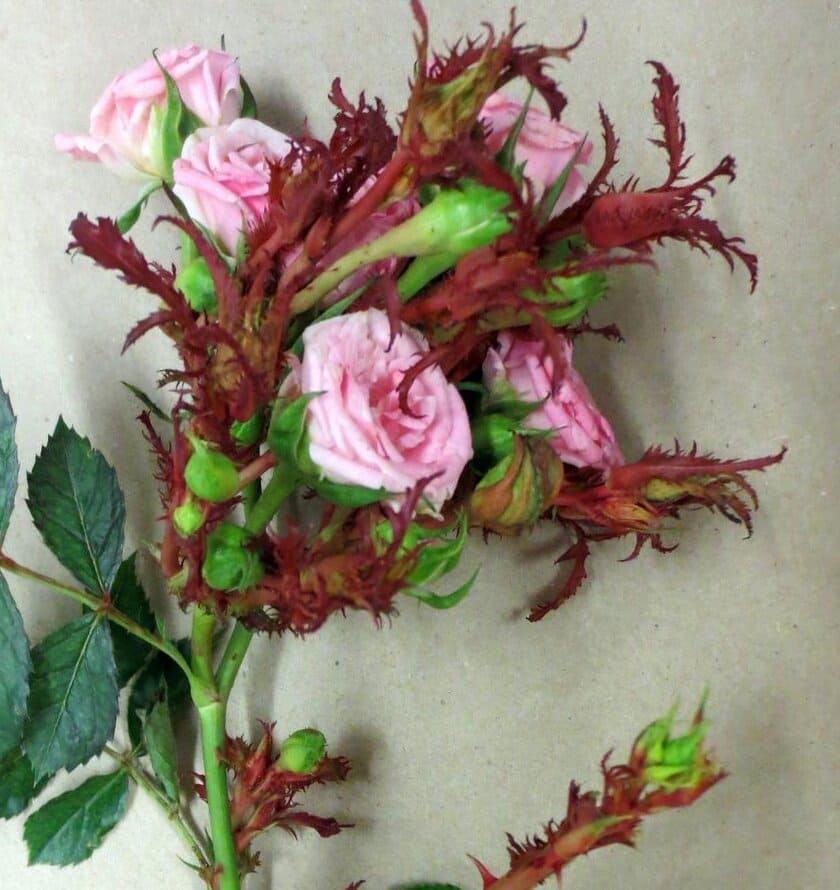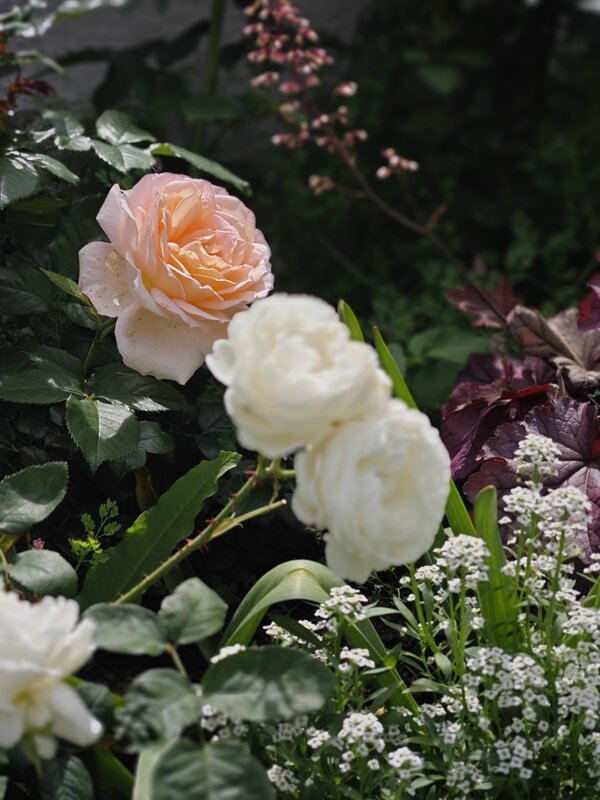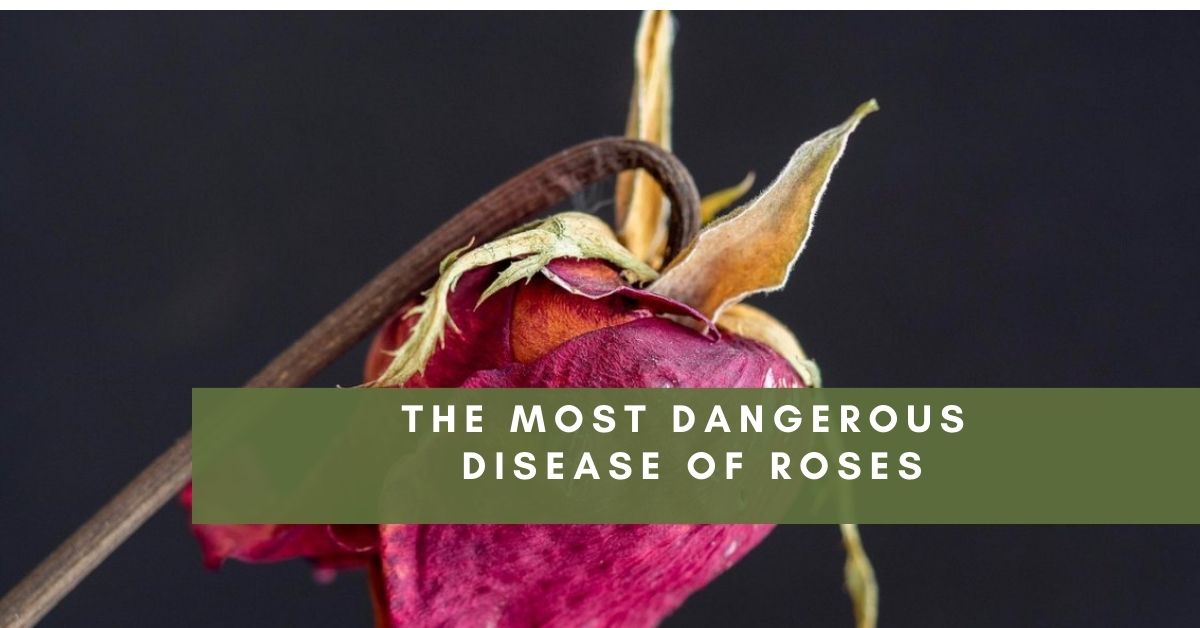Rose enthusiasts and gardeners know that maintaining the health and beauty of their roses is paramount. One of the most dreaded issues they face is Rose Rosette Disease (RRD). Let’s explore the details of this disease, including its origins, symptoms, and the feasibility of rescuing an infected rose.
What Causes Rose Rosette Disease?
Rose Rosette Disease is caused by the Rose Rosette Virus (RRV). The disease was first identified in the 1940s in the United States and has since spread, becoming a significant threat to rose cultivation. The primary vector for this virus is the eriophyid mite Phyllocoptes fructiphilus. These microscopic mites feed on the sap of rose plants and transmit the virus as they move from plant to plant.

The Role of Eriophyid Mites
Eriophyid mites are minuscule, often undetectable to the naked eye, and can be transported by the wind, on clothing, gardening tools, or even animals. When these mites feed on the sap of an infected rose, they pick up the virus and subsequently spread it to healthy roses, initiating the infection process.
Can You Save a Rose with Rose Rosette Disease?
Unfortunately, once a rose is infected with Rose Rosette Disease, it is generally considered terminal. The virus integrates into the plant’s system, causing irreversible damage. There is no cure for RRD, making prevention and early detection critical.
Steps to Manage Infected Plants
- Immediate Removal: The best practice when identifying an infected rose is to remove and destroy it immediately. This action aids in stopping the virus from spreading to surrounding healthy plants.
- Proper Disposal: Infected plants should be bagged and disposed of properly. Do not compost them, as this can further spread the virus.
- Mite Control: Regularly monitor and control the mite population in your garden using miticides or organic mite control methods.
How Do Roses Get Rose Rosette?
Roses primarily get Rose Rosette Disease through the activity of eriophyid mites. These mites are prolific during warm, dry weather, facilitating their spread. Using infected nursery stock can also introduce the virus into previously healthy gardens.
Preventative Measures
- Purchase Disease-Free Plants: Always buy roses from reputable nurseries that certify their plants are accessible from the Rose Rosette Virus.
- Isolate New Plants: Quarantine new roses for some time to monitor for any signs of RRD before planting them in your garden.
- Regular Inspections: Regularly inspect your rose bushes, especially during peak growing seasons, to catch any early symptoms.

Get Your Free Lunar Gardener's Calendar 2024!
Join the Lunar Gardening Revolution! Subscribe now to receive our exclusive Free Lunar Gardener’s Calendar for 2024. Harness the power of the moon to optimize your planting, nurturing, and harvesting.
What Are the Symptoms of Rose Rosette Disease?
Identifying Rose Rosette Disease early can help manage its spread. The symptoms are distinctive, although they can sometimes be confused with rare ailments.
Key Symptoms of Rose Rosette Disease
- Witches’ Broom: This is one of the most characteristic symptoms where multiple shoots emerge from a single point, creating a broom-like appearance.
- Excessive Thorniness: Affected roses often develop an unusual number of small, soft, and reddish thorns.
- Deformed Leaves and Flowers: Leaves may become distorted, displaying a crinkled or curled appearance, and flowers may be deformed or fail to open correctly.
- Red Pigmentation: New growth often appears bright red, which does not turn green as it matures.
- Stunted Growth: Infected plants may exhibit stunted growth or die back.

Early Detection and Management
Early detection is crucial. If you notice any of these symptoms, immediately remove the affected plant and check nearby roses for signs of the disease. Regular monitoring and swift action can help protect the rest of your garden from this devastating virus.
Rose Rosette Disease (RRD) is a formidable adversary for rose lovers. Grasping the causes, recognizing the symptoms, and implementing effective management strategies are crucial for preserving a vibrant and healthy rose garden. While there is no cure for RRD, vigilant monitoring, prompt removal of infected plants, and controlling mite populations can help mitigate its spread. By taking these proactive steps, gardeners can continue to enjoy the beauty of their roses for years to come.

The Organic Rose Revolution: Grow Stunning Blooms, Naturally
- Unlock the secrets of nurturing your roses organically with our guidance on soil health, natural fertilizers, and sustainable pest control methods. Your garden will thrive with eco-friendly care that respects nature’s balance.
- Empower yourself with the knowledge to craft natural remedies for common rose ailments.
- Banish pests from your garden precisely using proven strategies that safeguard your roses without harsh chemicals. Keep aphids, mites, and other invaders at bay while preserving your garden’s natural harmony.
- Explore a world of breathtaking rose varieties carefully curated to captivate your senses and elevate your garden to new heights of beauty.

